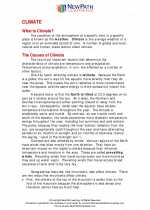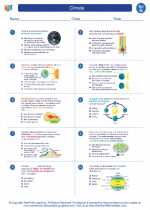Axon Hillock
The axon hillock is a specialized region of a neuron where the axon originates from the cell body. It plays a crucial role in the generation of action potentials, which are the electrical signals that allow neurons to communicate with each other.
Structure and Function
The axon hillock is located at the initial segment of the axon, near the cell body. It contains a high concentration of voltage-gated ion channels, particularly sodium channels, which are essential for the initiation of action potentials. When a neuron receives signals from other neurons, these signals are integrated at the axon hillock. If the combined input reaches a certain threshold, it triggers the opening of voltage-gated sodium channels, leading to the generation of an action potential.
Importance
The axon hillock is a critical site for the regulation of neuronal activity. It acts as a decision-making center for the neuron, determining whether an action potential will be generated and propagated along the axon. This process is essential for the transmission of information within the nervous system.
Study Guide
To understand the concept of axon hillock, it is important to focus on the following key points:
- Location and structure of the axon hillock
- Function of the axon hillock in the generation of action potentials
- Role of voltage-gated ion channels, particularly sodium channels, in the axon hillock
- Integration of signals and determination of action potential initiation
- Importance of the axon hillock in regulating neuronal activity
Additionally, it is helpful to explore the relationship between the axon hillock and other parts of the neuron, such as the dendrites, cell body, and axon terminals, to gain a comprehensive understanding of neuronal communication.
.









